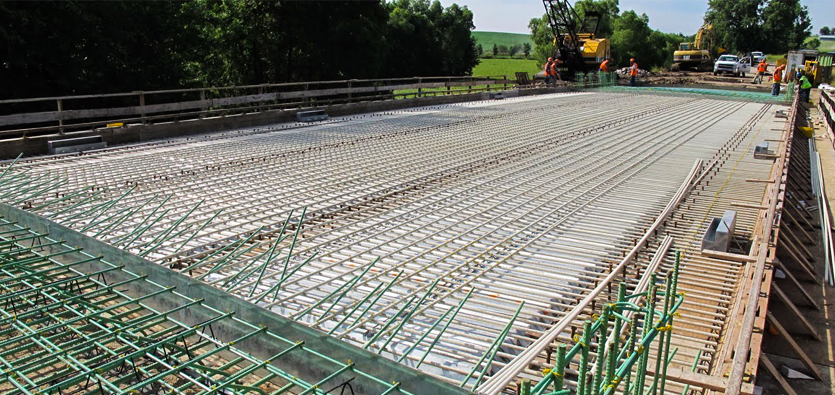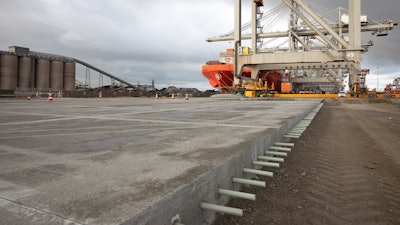Opening the Ecological Advantages of Recycled Composites in Building and Style
In the realm of building and construction and layout, the application of recycled composites holds substantial pledge for enhancing sustainability techniques and lowering ecological impact (composites). By integrating these innovative products, there is a potential to resolve crucial issues such as waste reduction, energy conservation, and a decline in carbon footprint. The change in the direction of a more lasting future in these markets rests on unlocking the complete capacity of recycled composites. This discussion will certainly check out the complex benefits and challenges connected with incorporating recycled composites right into building and layout, providing a glance right into the transformative possibilities that exist in advance.

Ecological Effect Decrease
The decrease of environmental impact through making use of recycled compounds in building and style plays a vital function in sustainable practices. By including recycled compounds right into building materials, the building and construction market can substantially decrease its carbon impact and add to a more environmentally friendly future. These sustainable products, made from repurposed plastics, wood fibers, or other recycled components, use a practical alternative to typical building and construction materials without endangering on top quality or durability.
Recycled compounds aid divert waste from landfills and lower the demand for drawing out raw materials, therefore conserving all-natural sources. Furthermore, the manufacturing process of these compounds often eats much less energy and releases fewer greenhouse gases contrasted to creating virgin materials (composites). This change towards making use of recycled composites not only decreases environmental injury however also advertises a round economic situation by urging the reuse of materials that would certainly otherwise be thrown out
Waste Reduction
With a concentrate on decreasing waste in building and construction and design, the assimilation of recycled composites uses a sustainable remedy to minimize environmental effect. Waste minimization is a critical facet of lasting techniques, and making use of recycled compounds provides a possibility to accomplish this goal successfully. By using products that have currently served their first purpose, such as recycled plastics or redeemed timber fibers, the building and design markets can significantly decrease the quantity of waste generated and sent to land fills.
Recycled composites have the possible to divert significant amounts of waste from typical disposal methods, adding to a much more round economy where resources are made use of successfully. Furthermore, the manufacturing process of recycled composites commonly eats much less energy and creates less exhausts contrasted to virgin products, further reducing the environmental footprint of building and design projects.
Implementing waste minimization techniques through the incorporation of recycled composites not only helps in conserving natural sources yet additionally advertises a much more sustainable approach to structure and creating for a greener future.
Energy Conservation
Including recycled composites not just decreases waste in construction and style yet also plays a critical role in improving power conservation techniques within the sector. The usage of recycled composites in building can significantly contribute to energy preservation with various means. By promoting the use of recycled compounds in building and construction and layout, the sector can make significant strides towards attaining power performance and decreasing its carbon impact, inevitably contributing to a much more lasting constructed atmosphere.
Carbon Impact Decrease
Enhancing sustainability techniques via the use of recycled composites in building and construction and style substantially lowers the carbon impact of the market. By including recycled materials right into the production of composites, the need for virgin resources decreases, resulting in reduced power intake and greenhouse gas emissions connected with typical production processes. This reduction in carbon footprint is vital in combating environment change and promoting an extra ecologically friendly strategy to building and construction and style.
The carbon footprint decrease accomplished through the fostering of recycled compounds aligns with the international push in the direction of sustainable techniques and the decrease of industrial exhausts. Ultimately, by prioritizing the integration of recycled compounds, the sector can make substantial strides in reducing its carbon footprint and adding to a more sustainable future.
Sustainable Future
The integration of recycled composites in building and construction and design not only addresses immediate ecological issues but additionally lays a solid structure for a sustainable future in the sector. By integrating recycled composites right into building products and products, the building and this post construction and layout sectors can dramatically minimize their reliance on virgin sources, bring about a much more round economic climate. This change in the direction of sustainability is critical for mitigating the ecological Full Report effect of conventional construction techniques, which frequently lead to high levels of waste generation and resource exhaustion.

Final Thought
To conclude, recycled compounds supply significant environmental benefits in building and construction and layout by reducing environmental impact, reducing waste, conserving power, lowering carbon impact, and advertising a lasting future. Welcoming the use of recycled compounds can add to a much more environmentally-friendly technique to structure and style, eventually resulting in a much more sustainable and greener future for all.
The decrease of ecological effect through the use of recycled composites in building and construction and layout plays a vital function in sustainable practices.With an emphasis on decreasing waste in building and construction and style, the integration of recycled compounds supplies a sustainable solution to lower ecological effect. By promoting the use of recycled compounds in building and design, the sector can make substantial strides towards achieving power effectiveness and decreasing its carbon footprint, ultimately adding to a much more sustainable constructed atmosphere.
